The discovery of stealth technology has given rise to a new era of military competition in the airspace. Has it made aircraft completely invisible? Not exactly, but up to a certain point they remain virtually invisible to air defense radars. It is these few seconds that allow you to gain a tactical advantage that can determine the outcome of ongoing operations and even decide the fate of the war. Discover the military secret of stealth technology!
What do Soviet physicists and American technology have in common? History of stealth technology
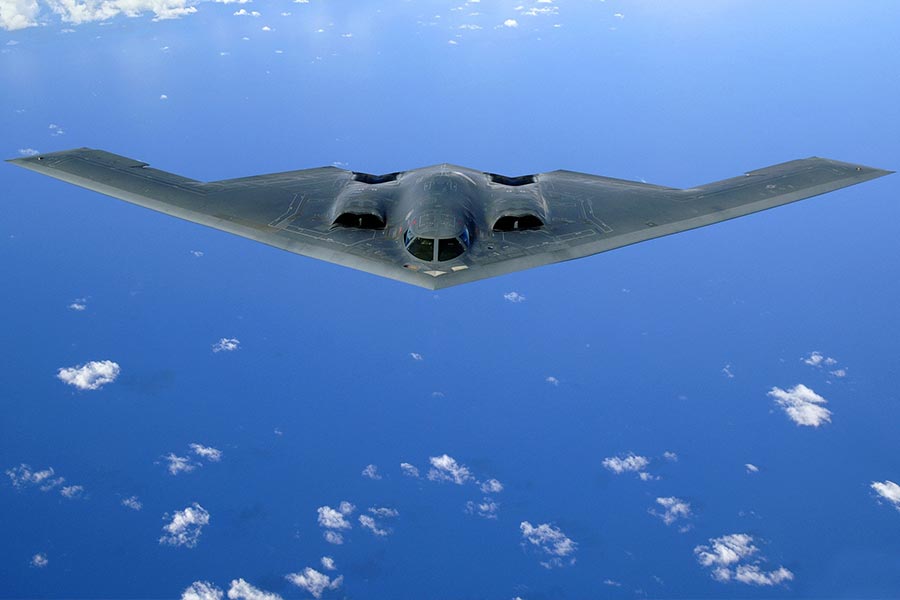
In the early 1960s, the “Soviet Radio” publishing house published a book titled “The Edge Wave Method in the Physical Theory of Diffraction” by Pyotr Ufimtsev. The physicist, who was interested in aviation, radio engineering and related technical problems, rightly pointed out that the shape of an object determines how radio waves reflect from it.
The Russians ignored the potential of this discovery, let alone saw it as a military application. After Ufimtsev’s articles were secretly translated into English, the Americans seized the opportunity. Lockheed engineers, the same ones who designed the first fighter plane during World War II, saw a number of opportunities open to them. And so it was that the Soviet model of electromagnetic wave diffraction became the cornerstone of Western stealth technology.
Invisible camouflage - stealth technology in practice
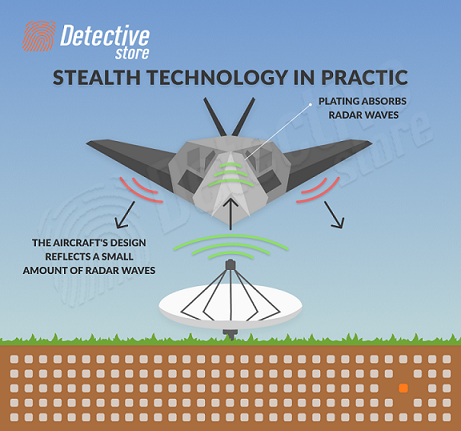
And what exactly is it? “Stealth” literally translated means to sneak/act from concealment. In military technology, the name has come to denote solutions that not only deceive the human eye, but, more importantly, reduce the likelihood of detection of an object by radar stations.
The form of camouflage varies depending on the nature of the terrain over which the aircraft is flying, the specifics of the mission, the time of year and even the day. “Invisibility” is provided by:
- radar-absorbing paints and varnishes,
- flattened exhaust nozzles and an exhaust gas cooling function (reduces the thermal footprint by dissipating heat),
- engine fans hidden in “S” shaped ducts (reduce noise),
- low-power and short-range systems (mask the operation of communication systems),
- the fuselage shape of the so-called flying wing (scatters waves instead of reflecting them),
- condensation plume management system,
- operational tactics (night flights).
The first stealth aircraft
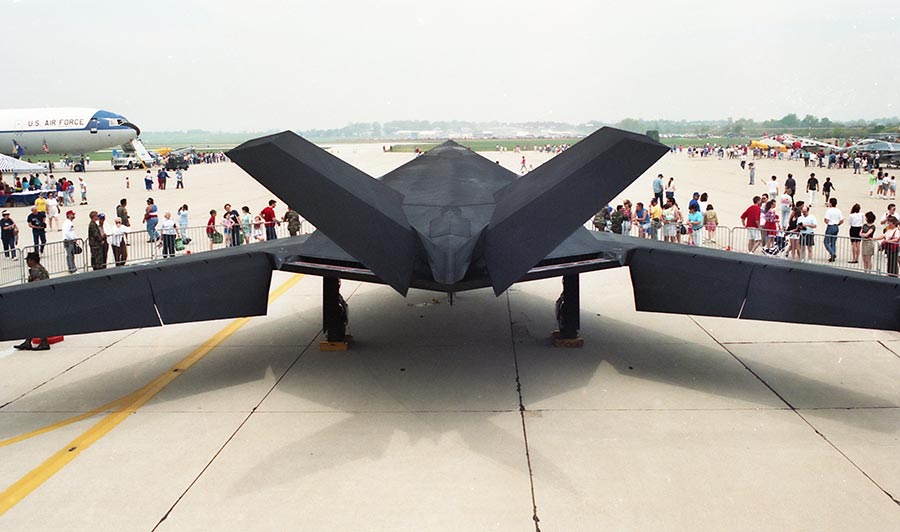
The symbol of stealth technology is the F-117 Nighthawk jet bomber aircraft. Its shape defies the rules of aerodynamics, and the designers themselves from the beginning called it a “hopeless diamond” with extremely questionable functionality. Wrongly. The prototype machine not only passed the test, but also had about a thousand times less visibility to radar than the drone. Several factors contributed to its success, including abandoning the on-board radar, hiding the engines in the fuselage and covering the nozzle outlets. The most important role, however, was played by the structure’s surface, which – composed of plane fragments at specific angles – scattered some of the radar waves in different directions. The rest was absorbed by the varnish covering it.
The high price of invisibility – limitations
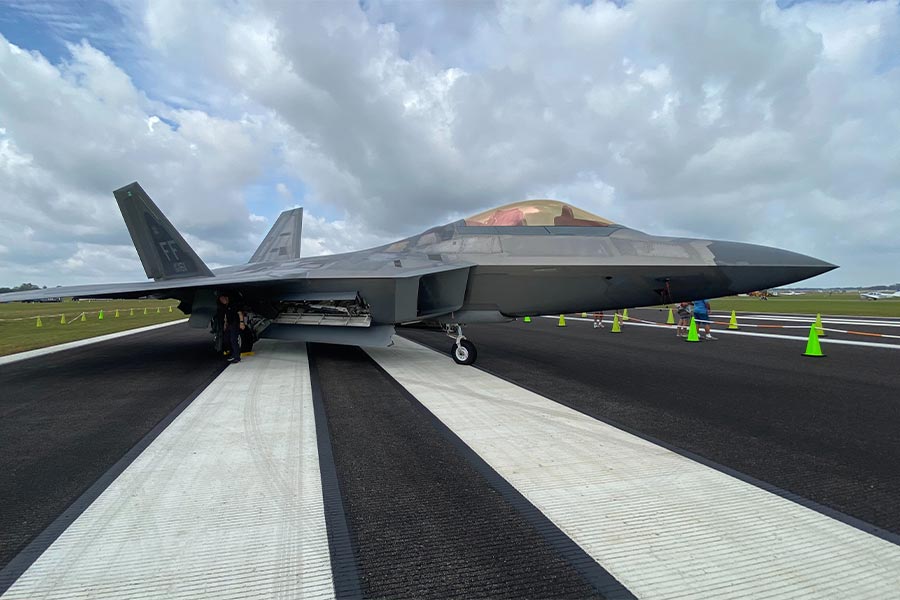
The belief that stealth aircraft are completely invisible to radar, however, is incorrect. The technology is only meant to delay their detection as much as possible. On the other hand, various scenarios of the course of war should be considered – many of them do not require the use of stealth assets. History has repeatedly shown that the desired effect can be achieved even without them. Why is it worth keeping this in mind?
Stealth aircraft have limited payload and maneuverability. The very process of building them is tedious, complicated and expensive. It requires both expensive equipment and the cooperation of top industry experts. Even a small gap between body panels can render it “invisible.” The F-22 Raptor fighter plane, for example, had a manufacturing tolerance of 1/10,000th of an inch.
Stealth technology - FAQ
Learn the answers to the most frequently asked questions!
How does radar work?
A radar station emits electromagnetic waves that bounce off objects and return to its antenna. In this way it obtains information about the exact position, size and type of obstacles encountered.
What is stealth technology based on?
Stealth technology, also known as LOT (Low Observability Technology), is one of the greatest achievements of military aviation. It is a series of camouflage methods designed to confuse enemy air defenses and delay the detection of objects by their radars (it eliminates reflections of signals sent in the sound, infrared or radio spectrum). It finds combat application in both airborne and maritime or land-based operations. Depending on their nature, it may or may not lead to a tactical advantage.
Who invented stealth technology?
The starting point for the development of stealth technology was the theory of Pyotr Ufimtsev. In the 1960s, the Soviet physicist worked on models of changes in the direction of electromagnetic waves under reflection from various geometric shapes.
Which country has the most stealth fighters?
According to official statistics, the United States has the most stealth fighters – about 600. The second place on the podium goes to China, which, according to the South China Morning Post, operates about 150 units.
What forces the shape of stealth facilities?
Stealth aircraft are a combination of flat structures without protuberances, concavities or sharp protrusions. Such a structure scatters radar signals that bounce off it.
Is there an invisible aircraft?
No, there are no aircraft undetectable in all spectra, but thanks to stealth technology, the disclosure of their presence in the airspace is delayed.
How do stealth aircraft avoid radar?
Stealth aircraft are made of composites that absorb or reflect radar signals.
What absorbs radio waves?
The aircraft’s structure is covered with Radar Absorbing Materials (RAM), a material that absorbs electromagnetic waves. However, this coating is very delicate and even micro-damage to the plating can affect its effectiveness. So far, engineers have not succeeded in designing a fully camouflaging paint.




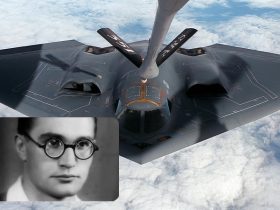

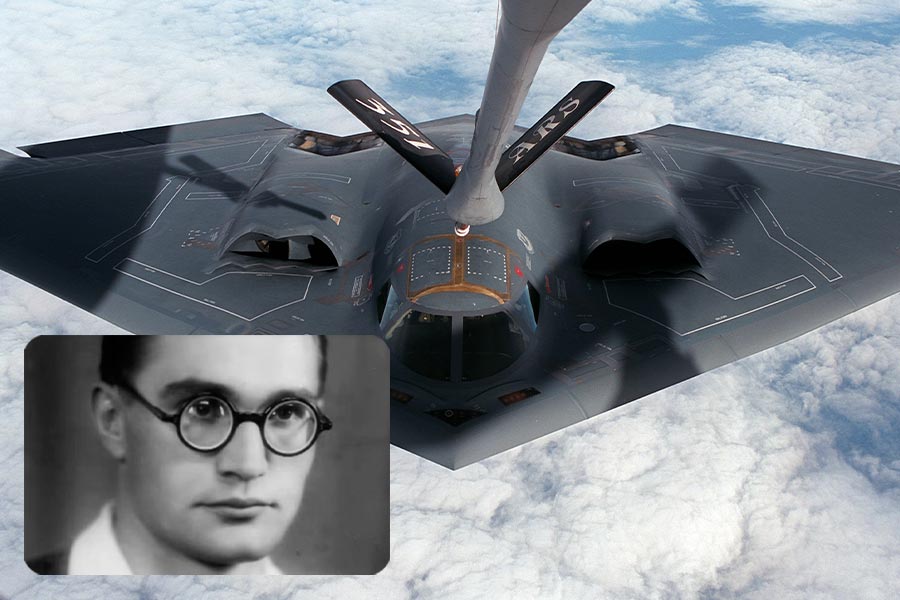




Leave a Reply